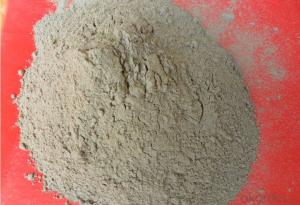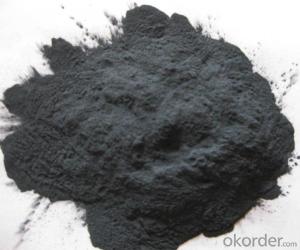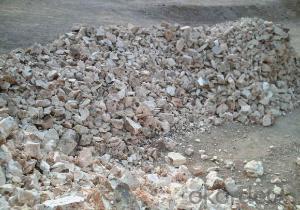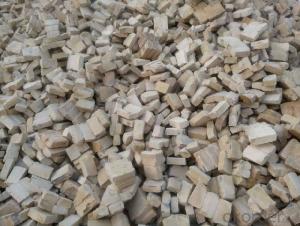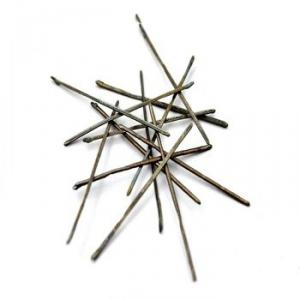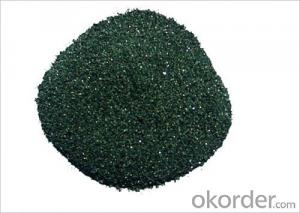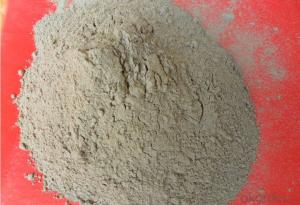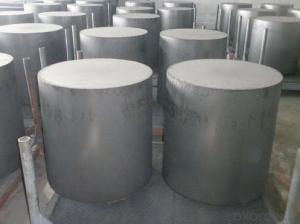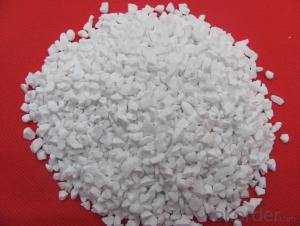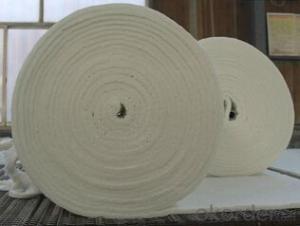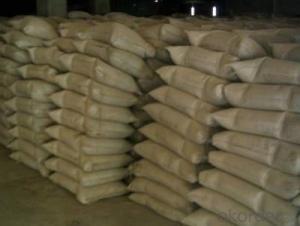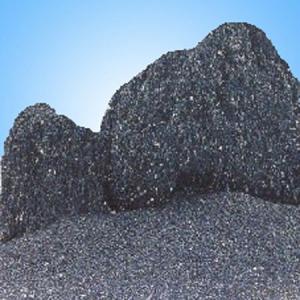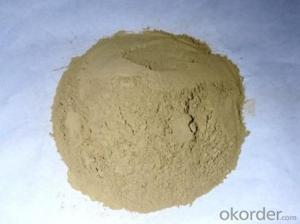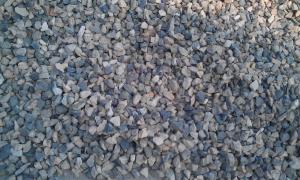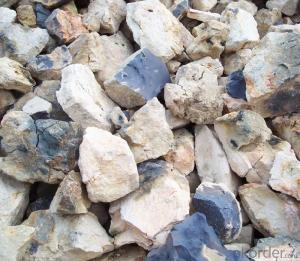All Categories
- - Steel Wire Rod
- - Steel Coils
- - Steel Profiles
- - Steel Pipes
- - Stainless Steel
- - Tinplate
- - Special Steel
- - Steel Sheets
- - Steel Rebars
- - Steel Strips
- - Hot Rolled Steel
- - Cold Rolled Steel
- - Pre-painted Steel
- - Seamless Steel Pipe
- - Welded Steel Pipe
- - Hollow Steel Tubes
- - Galvanized Pipe
- - Stainless Steel Coil
- - Stainless Steel Sheet
- - Stainless Steel Plate
- - Stainless Steel Strips
- - Electrolytic Tinplate Coil
- - Electrolytic Tinplate Sheet
- - Stainless Steel Rebars
- - Solar Panels
- - Solar Water Heater
- - Solar Related Products
- - Solar Inverter
- - Solar Cells
- - Solar Light
- - Solar Energy Systems
- - Solar Controllers
- - Solar Mounting System
- - Solar Pump
- - Solar Chargers
- - Fiberglass Chopped Strand
- - Fiberglass Mesh Cloth
- - Composite Pipes
- - FRP Pultrusion Profiles
- - Fiberglass Mat Tissue
- - Fiberglass Fabrics
- - Fiberglass Mesh
- - Composite Tank
- - Fiberglass Mesh tape
- - Polymer
- - FRP Roofing Panel
- - Fiberglass Roving
- - Monolithic Refractories
- - Ceramic Fiber Products
- - Refractory Bricks
- - Raw Materials For Refractory
- - Suspended Platform
- - Cranes
- - Concrete Machinery
- - Earthmoving Machinery
- - Building Hoist
- - Road Building Machinery
- - Plastic Pipe Fittings
- - Plastic Tubes
- - Plastic Sheets
- - Agricultural Plastic Products
- - Plastic Nets
Q & A
What are the challenges and considerations in recycling or disposing of refractory materials?
Recycling or disposing of refractory materials presents several challenges and considerations. Firstly, refractory materials are designed to withstand high temperatures and are often made of complex compositions, which makes them difficult to break down and recycle. Additionally, these materials may contain hazardous substances like heavy metals or asbestos, requiring careful handling and disposal to prevent environmental and health risks. Furthermore, the collection and transportation of refractory materials can be costly due to their heavy and bulky nature. Lastly, the lack of standardized recycling processes and limited infrastructure for refractory material recycling pose significant challenges in finding appropriate recycling or disposal methods.
What is the role of potassium silicate in refractory materials?
Potassium silicate acts as a binder and flux in refractory materials, helping to improve their strength, stability, and resistance to high temperatures. It promotes the formation of a glassy phase, which enhances the bonding between refractory particles and increases the material's resistance to corrosion and erosion. Additionally, potassium silicate can also aid in reducing porosity and increasing the density of refractory materials, making them more effective in withstanding extreme thermal conditions.
What are the raw materials used in the production of refractory cements?
The raw materials used in the production of refractory cements typically include alumina, silica, calcium aluminate, and other additives.
How does the addition of feldspar affect the sintering behavior of refractories?
The addition of feldspar can significantly affect the sintering behavior of refractories. Feldspar is a fluxing agent that lowers the melting point of the refractory material, promoting the formation of a liquid phase during sintering. This liquid phase enhances the bonding between refractory particles, resulting in improved densification and reduced porosity. Additionally, feldspar can react with other components in the refractory, such as quartz or alumina, to form new crystalline phases that contribute to the overall strength and stability of the sintered refractory. Therefore, the addition of feldspar can enhance the sintering process, leading to improved mechanical properties and enhanced resistance to thermal shocks in refractory materials.
Wholesale Raw Materials For Refractory from supplier in Kenya
Our team of experts is well-versed in the refractory industry and can provide guidance on product selection, application, and troubleshooting. Whether you are in need of raw materials for furnace linings, insulation materials, or any other refractory products, we have the resources to meet your requirements.
We understand the importance of timely delivery and reliability in the supply chain, which is why we work closely with our partners to ensure smooth and efficient logistics. Our strong relationships with manufacturers and suppliers allow us to source high-quality raw materials at competitive prices, ultimately benefiting our clients.
In addition to our sales and procurement services, we also provide technical support to assist with any challenges you may encounter during the installation or maintenance of refractory products. Our team can offer guidance on proper installation techniques, product performance optimization, and troubleshooting solutions.
At Raw Materials For Refractory in Kenya, we are committed to building long-term relationships with our clients based on trust, reliability, and exceptional service. Contact us today to discuss your refractory needs and let us be your trusted partner in Kenya.
We understand the importance of timely delivery and reliability in the supply chain, which is why we work closely with our partners to ensure smooth and efficient logistics. Our strong relationships with manufacturers and suppliers allow us to source high-quality raw materials at competitive prices, ultimately benefiting our clients.
In addition to our sales and procurement services, we also provide technical support to assist with any challenges you may encounter during the installation or maintenance of refractory products. Our team can offer guidance on proper installation techniques, product performance optimization, and troubleshooting solutions.
At Raw Materials For Refractory in Kenya, we are committed to building long-term relationships with our clients based on trust, reliability, and exceptional service. Contact us today to discuss your refractory needs and let us be your trusted partner in Kenya.
Hot Search
- Monolithic Refractories in Somalia
- Ceramic Fiber Products in Mauritius
- Refractory Bricks in Uzbekistan
- Raw Materials For Refractory in Qatar
- Raw Materials For Refractory in Yemen
- Monolithic Refractories in Philippines
- Ceramic Fiber Products in Grenada
- Raw Materials For Refractory in Maldives
- Ceramic Fiber Products in Palestine
- Raw Materials For Refractory in France
